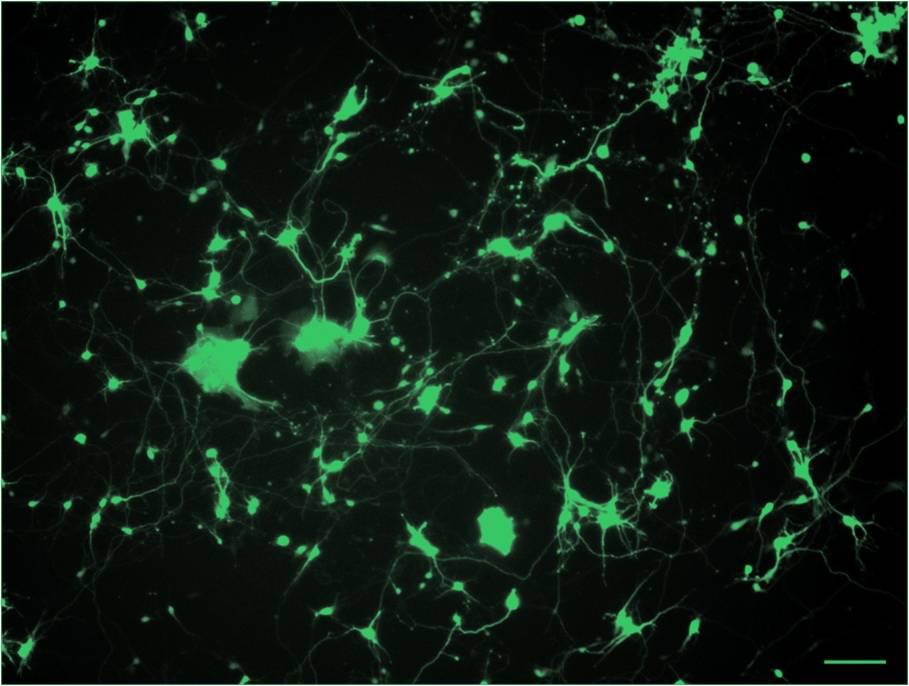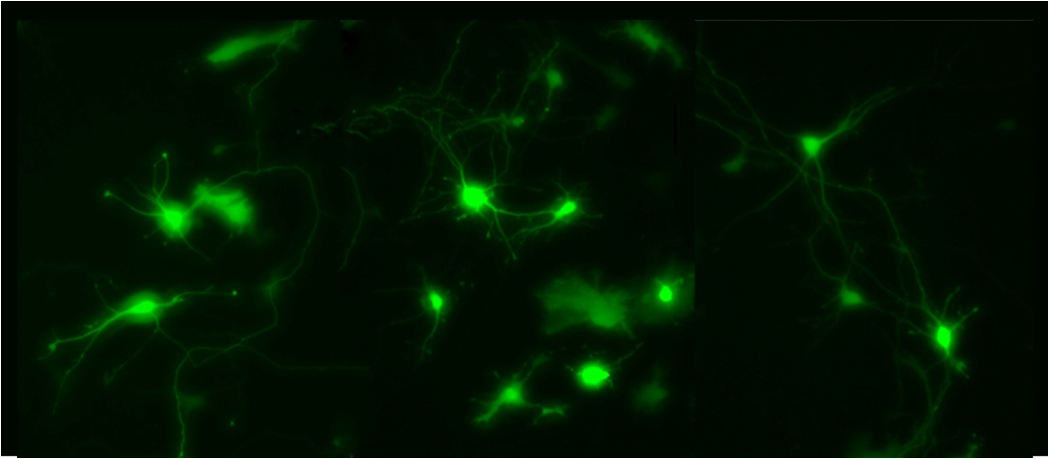Introduction to the innovation of gene electrotransformation technology
Conventional transfections include liposomes, electroporation, and viral methods. Ordinary 293 , Hela and other cell lines, liposome transfection can also reach 70-80% . For other pole difficult transfected cells, such as primary neurons, primary neural stem cells, immune cells, a lipofection only low conversion efficiency (about 10%), and high cell death . As a result, some researchers have had to switch to more expensive and more toxic viral coatings. The virus method can improve the transformation efficiency, but in the subsequent culture, the cell death rate is high, and the natural physiological and biochemical characteristics of the cells are destroyed, and subsequent experiments cannot be performed. The development of electroporation technology and its strong advantages are increasingly valued by researchers.
Since the birth of the first electric converter in the 1980s , the waveform of most electric converters is still a one-way high-pressure square wave (as shown below), and the cell death rate is extremely high. Such vulnerable cells as mouse spermatogonial stem cells will all die.

In order to solve the problem of a one-way high-voltage square wave, an electro-converter that requires a special reagent has appeared. It continues the traditional square wave and sets fixed parameters. In order to improve the conversion efficiency, each transfection reagent must be re-purchased for each cell or cells, resulting in extremely high reagent use cost, which is difficult for most users to accept. And because of the "black box" design mode, users can only know the serial number of the transfection program, can not understand the specific conversion parameters, and can not optimize the setting parameters!
Therefore, the development of electrotransformation technology that does not require special transfection reagents and can significantly improve conversion efficiency and survival rate has become the development direction of cell transfection.
With the technological leap of teleporation technology , Japan BEX Company released the innovative transient perforation high voltage + dynamic attenuation / static attenuation / constant current + reverse square wave pulse combination mode in 2012 , completely solving the above problems. The pulse waveform is as follows:

Instantaneous high pressure can quickly perforate the surface of the cell membrane and greatly reduce cell death ; then switch to a low voltage of several tens of volts to drive DNA into the cell efficiently. Reverse pulse can significantly increase the probability of DNA entering the cell and greatly improve the conversion efficiency. Within a year, transformed CUY21 EDIT II with more than one hundred kinds of cells, most of which are too transfected cells, including embryonic rat primary neuronal cells, NIH / 3T3, NG108-15, raw264.7 , SSC , HepG-2 , N2a , PC3 , LCL , NIT1 , mouse embryonic primary stem cells and cell lines, and primary mouse β-islet cell clusters, human B cell lines, human lymphocytes, etc., bring the user very Surprise conversion effect.
As shown below: transformation effect of primary neurons


For some very fragile tissues or cells (such as the adult rat brain), a constant current is required for perforation. The constant current conversion mode of the combined pulse is the only technology that can meet this high-end conversion requirement.

Please see the figure below, transfecting mouse islet tumor β cell line in parallel with dynamic decay pulse mode, static decay pulse mode and lipofection method : 
As can be seen from the above, for many cells, Â The dynamic decay pulse mode provides higher transfection efficiency than the static decay pulse mode, while ensuring cell viability, opening a new chapter in the study of extremely difficult to transfect cells.
About the introduction of the above-mentioned combined pulse technology inventors:
Born in 1990 , BEX is the only manufacturer in Japan that specializes in the development of electroconverters and cell fusion instruments. In 1998 , CUY21EDIT live gene electro-transformation instrument was launched , which created a new era of living gene transformation and established CUY21 's leading position in the living field. More than 2,000 professional CUY21 series of translating instruments have been used by researchers around the world. With the world's leading edge, more than a hundred articles have been published in top magazines such as Nature and Cell .
October 2012, recalling classic, BEX release Super Multi Pulse living / cell electroporator CUY21 EDIT II monument history has meaning again. In addition to the traditional advantages of in vivo transformation, CUY21EDIT II has reached an unprecedented level in cell transfection technology. High transfection efficiency is achieved without any special reagents, especially for cell lines that are extremely difficult to rotate, such as transfection efficiency of primary neurons up to 60% or higher. This breakthrough solves the problem of long-standing primary cell transfection survival rate, low conversion efficiency, and high price. Therefore, many beneficiary scholars have completely changed their understanding of electric converters.
Surgical Gowns,Disposible Surgical Gowns,Anti-Virus Surgical Gowns,Medical Isolation Surgical Gowns
Zhende Medical Co.,Ltd , https://www.zhendemedicals.com
